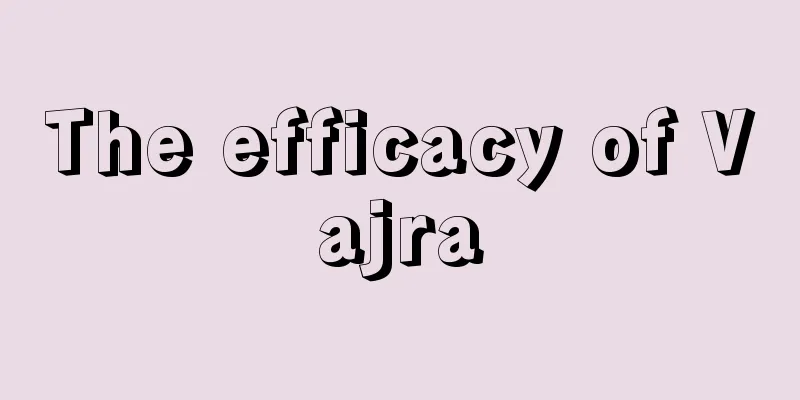How to shape Vitex in pots

1. Selection of pots before pottingIf you want to make a good bonsai, you must choose the right pot before that. This depends on the shape you want to make. A good pot can better bring out the characteristics of bonsai. Generally, we often use purple clay pots and glazed ceramic pots. Such a basin not only looks brighter in color, but also makes the matching effect look more beautiful. In addition, the size of the pot is also very important. If the pot is too big, it will be very good for the growth of Vitex, but if it is used for viewing, the effect will be poor. On the contrary, it will grow slowly and be more ornamental. Therefore, this should be decided according to your own needs. See which type of pot is more suitable and choose flexibly. 2. How to ShapeGenerally, after cultivating it for three years, its shape skeleton is basically formed. In the spring of the fourth year, we can take the vitex out of the pot, then trim its branches and roots, and then replant it in a blue glazed pottery pot with a height of 8 cm and a diameter of 15 cm. You can wrap it and do appropriate pruning according to the shape you want. As long as the skeleton of the shape of the Vitex quinata is basically formed, it can be cultivated and processed. It can also be used for viewing. Basically, it will take another 3 years of cultivation to be fully formed. 3. NotesIn the pot where the tree is planted, its root system will be greatly hindered, so it is difficult for it to grow taller and thicker. Vitex bonsai is generally different from other trees. It usually needs to be plucking leaves many times. Although its germination ability is very strong, the leaves are too large, so the bonsai made is not very good-looking. Then we can pick the leaves 3 to 4 times from early May to early September every year. When picking leaves, you must cut off all of them. As long as the external factors are suitable, new buds will grow in about a week. It is best to separate leaves by 30 days between two times. |
<<: How to propagate Dianthus chinensis
>>: How to propagate Heliconia
Recommend
Why does eggplant bloom but not bear fruit?
Eggplant, a vegetable crop originating from tropi...
How to judge whether the snake plant survives? Is it likely to survive after repotting?
1. How to judge whether it survives 1. Observe th...
Characteristics of roses, pictures of roses
1. Characteristics of Rose 1. Leaf characteristic...
When does chrysanthemum bloom?
1. Spring Chrysanthemum As the name suggests, thi...
Do I need to water the newly planted green radish?
Can I water the newly transplanted green radish? ...
How to plant aloe vera? Planting time and method
Aloe Vera Planting Time It is best not to plant a...
How to grow boxwood bonsai and how to water it in winter
1. How to grow boxwood bonsai 1. Soil: The bonsai...
If you grow Sansevieria and Asparagus Fern like this, they will not only bloom every year, but also bear fruits!
Tiger Piranha The first thing Huahua wants to tal...
What to do if lily of the valley has root rot
1. Reasons 1. Too much water This is the main rea...
Special medicine for pepper anthrax. Pictures of pepper anthrax and what medicine to use for prevention and treatment.
What medicine to use for pepper anthrax Anthracno...
The efficacy, effects and contraindications of Platycodon grandiflorum, how to eat Platycodon grandiflorum
1. Efficacy and Function Platycodon has three mai...
Cultivation methods and precautions of mulberry tree
1. Soil The mulberry tree has a strong adaptabili...
Can pregnant women keep lilies at home?
1. Cannot be placed It is best not to place lilie...
How to manage leeks in winter?
Chives are grown in all parts of China. As the te...
It is not difficult to make “Kalanchoe” bloom luxuriantly. Just learn 3 “don’ts” and you can have branches full of flowers even in late winter!
1. Do not apply fertilizer too concentrated If yo...









